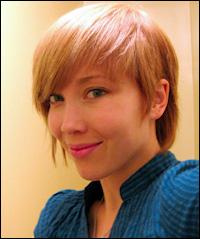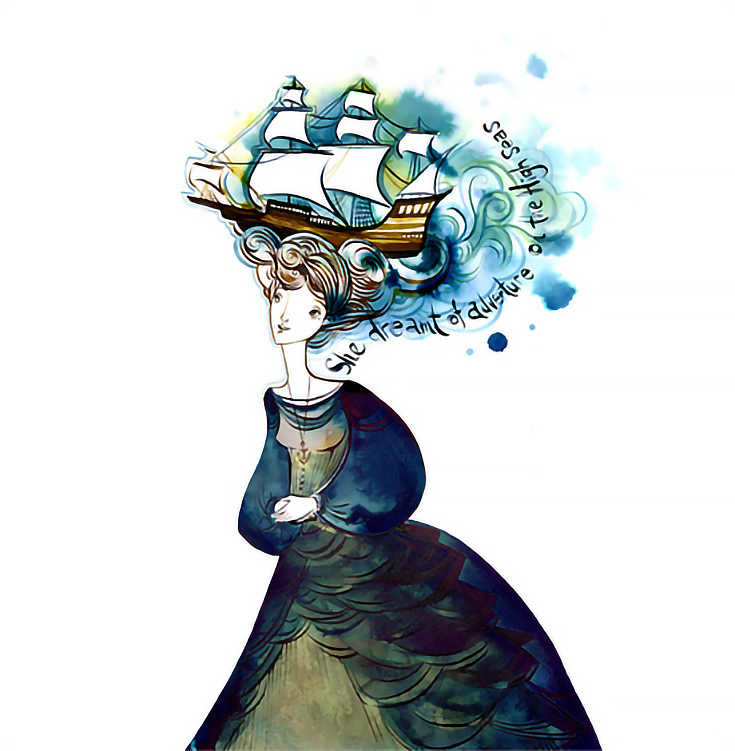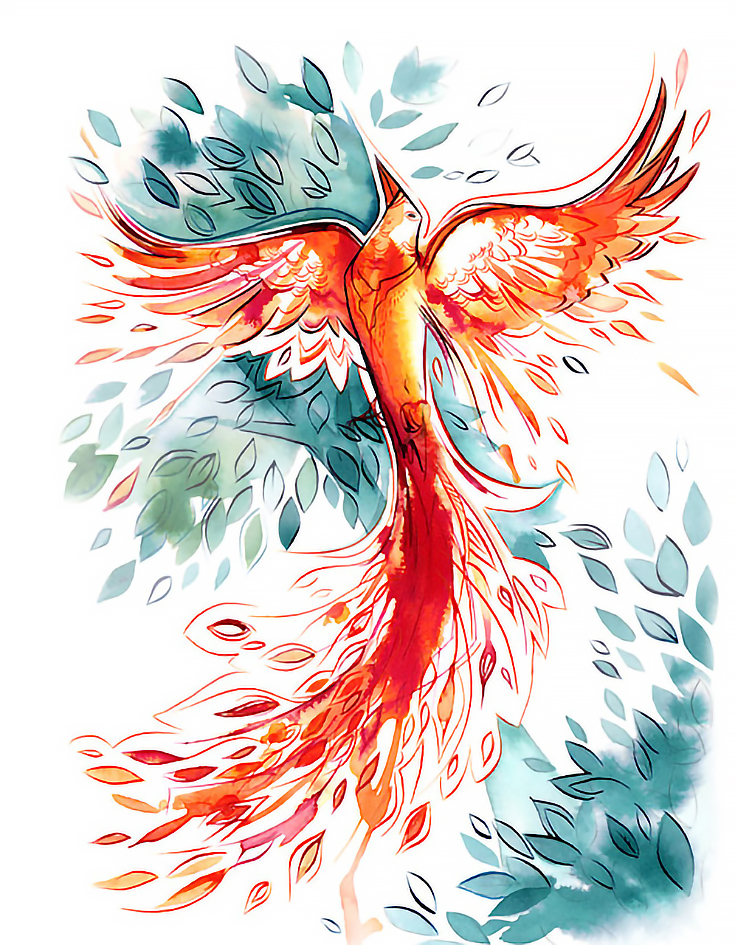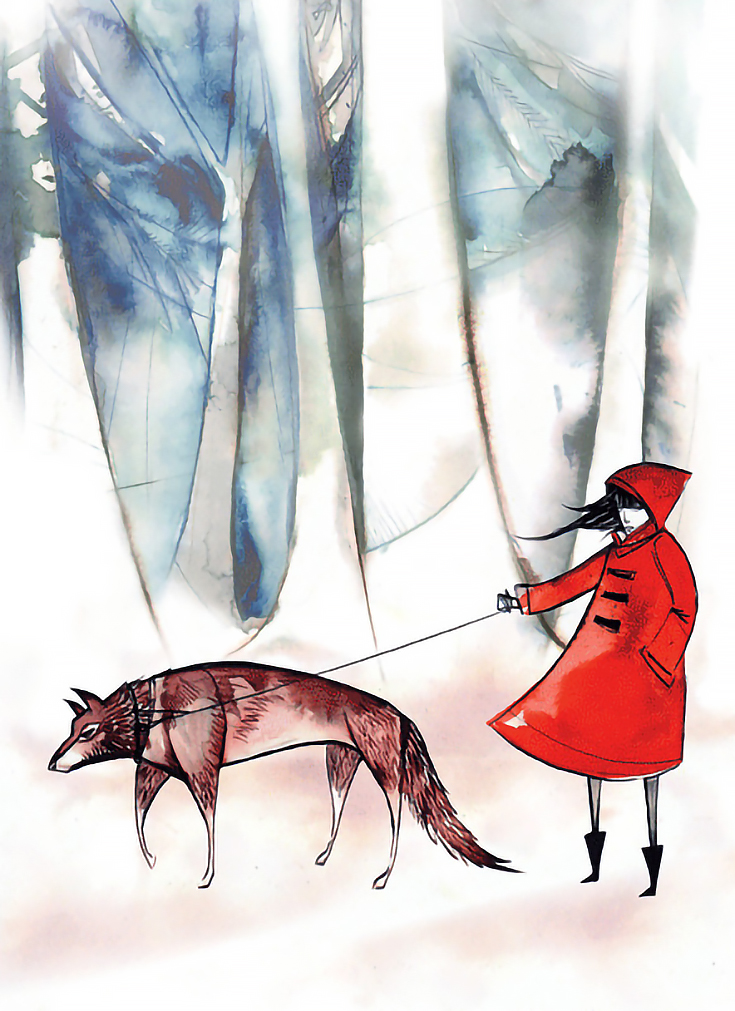
It was then that she realized just how much she loved the freedom of watercolors and pen and ink. Shortly after graduating, she began working as a freelance illustrator.
Alyice: When you’re creating art, for the sake of creating art, what types of things do you draw or paint?
Emma: I love drawing animals and bizarre creatures. I also really love playing with existing stories—especially from fairy tales and mythology—and giving them a unique twist or just exploring the characters within those stories.
Alyice: Can you explain why you’d use pen and ink on top of watercolor paints?
Emma: I love letting watercolor just run and bleed all over the page without trying to force it or overwork it. By doing the pen and ink over the top of the watercolors, I can get the amount of detail required without losing the looseness and freedom of the watercolor.
Alyice: Why did you choose watercolor as your medium?
Emma: I love that it’s a fast medium. My problem with other mediums was that I would overwork them, and almost lose my original intent. With watercolor, you know right away if it’s going to work out or not. If it doesn’t, you’re forced to redo it. there is something really freeing about that.
Alyice: What do you wish you knew about watercolors before you got started?
Emma: I spent so much time and money trying out different brands, papers, and tools before coming to the ones I love and use today.
Also understanding that less is more.
It’s taken me quite awhile to realize that a few simple strokes can say a lot more than a pile of paint or tons of misplaced detail. I’m still learning and sometimes have a hard time knowing when to just leave a piece alone, instead of going overkill with flourishes.

Alyice: How durable are your finished pieces?
Emma: I paint on a heavy weight archival watercolor paper. I don’t use any fixes or sprays to protect pieces, but sell them framed under glass, or ship them in a protective plastic sleeve and stiff cardboard mailer. As long as they are framed under glass there is no special care needed.
Alyice: What is your creative process like?
Emma: I always carry a sketchbook with me since ideas rarely come to me when I’m sitting ready to paint in my studio.
I try to jot down and sketch out thoughts for individual pieces or full bodies of work wherever I am. I also love to read, and get a lot of inspiration from stories.
Alyice: How do you come up with a profitable pricing structure for your watercolor pieces?
Emma: Pricing originals is tough. Honestly I’m still trying to figure out the best way to go about it. I mainly take the overall time into consideration, but I also keep the market in mind and I try to get an idea of what other watercolor artists sell their work for.
I also sell prints of my more popular pieces as an affordable alternative.
Alyice: Aside from selling prints of your watercolors, you are also a book illustrator. Can you tell us how you got into illustrating books?
Emma: Illustrating books has always been at the forefront of my creative endeavors. I’ve always loved the idea of picture books for all ages.
I built up some courage to show the book I created while at college to a few publishers, and ended up finding Simply Read books. The publisher liked my style and paired me up with one of their writers; to work on a few things.
Also, at that time, I was asked by my friend, Tammy James, to read a children’s book she was working on. I loved it! We worked together to polish up the story and come up with some character designs which I then pitched to Simply Read. Several years later, The World Is Your Oyster was published.
Alyice: How does illustrating a book differ from working on a custom art project?
Emma: With a custom art project you have one person to please. With a book, you are dealing with several different people and have to try to please them all.
You have your editor, the author, and the head of the publishing company (among others I’m sure). As satisfying as the end product was for me, a huge amount of time and energy went into that project, probably more than anything else I’ve worked on.
You can learn more about Emma at her website, EmmaSanCartier.com, or by visiting her blog at oddfauna.blogspot.com.
This post may contain affiliate links.


